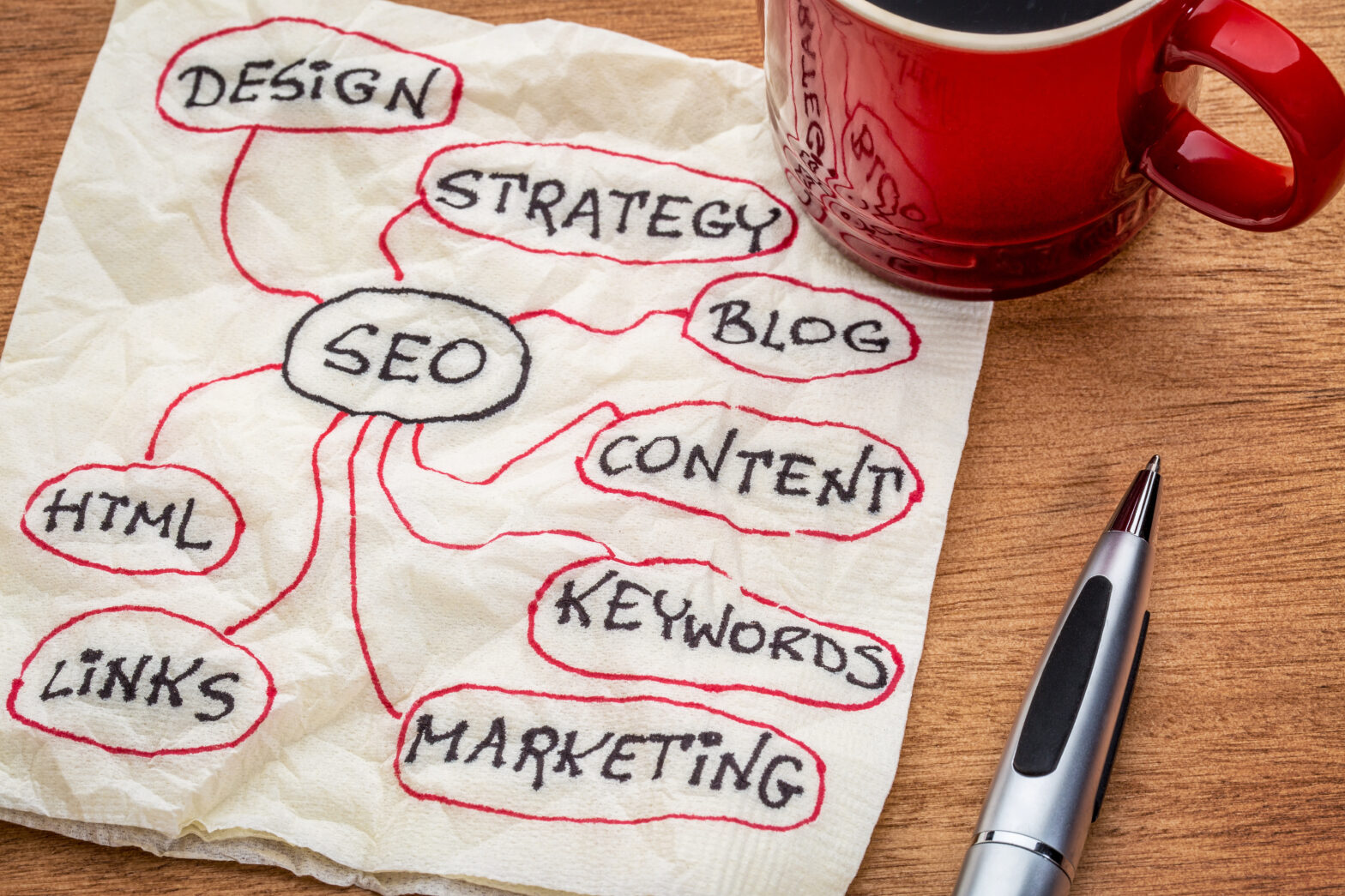Website development is the foundation of your overall e-commerce strategy. An incorrectly-designed website will have far-reaching ramifications for the prosperity of your business operations. If you don’t get that right, all your other efforts, in marketing, operations, inventory, customer relations etc., become worthless .
When you are creating an online store, there are a lot of features to be considered, with design, functionality, and user-friendliness ranking highly. The last thing that an e-commerce operation wants is a shopper to abandon his or her shopping cart. A poorly designed website can confuse customers, perhaps even irritate them, and result in the loss of a sale.
Here are six important aspects to consider during website development.
1. Website security
E-commerce sites should be safe and secure at all times. Nobody wants to put the safety of their personal information at risk with non-SSL secure websites. Secure socket layer technology, firewall encryption, and the highest safety protocols are paramount. Today, all e-commerce platforms are expected to be 100 per cent safe. Customers have zero tolerance for a website that puts the integrity of their personal information at stake.
See also: Why your small business website needs to be HTTPS ASAP
2. Search functionality
An increasing body of evidence suggests that search functionality within a website is especially important. Some 30 per cent of e-commerce platform visitors routinely use the search function on site. Autocomplete functionality is also popular, and it’s a great way to narrow search queries according to manufacturer, prices, product lines, category, variety etc.
3. Optimisation
Optimisation refers to a variety of issues, namely the technical performance of an e-commerce platform. Consider that the abandonment rate for e-commerce platforms is high if a user is required to wait more than three seconds for a website to load. Not only can this impact ROI, CTR and engagement, it also leads to a high bounce rate, and abandonment. There are several ways to optimise e-commerce platforms, notably the compression of images, speeding up interactions between CSS and JavaScript, and using caching.
Probably the key technical element to get right is mobile functionality. Data from Statista shows that in 2021, 72.9 percent of all retail e-commerce is expected to be generated via m-commerce, up from 58.9 percent in 2017.
You will need to ensure your site offers mobile friendly functionality across multiple platforms and devices. Fortunately, almost all modern content management systems and e-commerce website build platforms use responsive design with lots of options for bespoke configurations, making it much easier to adapt to the mobile market and ensure the widest possible coverage with customers.
4. Registration issues
This is an important component to integrate into e-commerce website development and design. Some customers enjoy the guest check out function, while others prefer to register and have their information stored on site. It has been shown that guest checkouts are incredibly popular, especially with people who prefer to simply pick a product or service and pay for it. Lengthy registration forms are abhorred by certain customers, and website development should take this into consideration. However, once a customer becomes a returning customer, they are more likely to register and enjoy the perks associated with repeat business.
The following article from BSS Commerce provides an excellent run down of the main options open to you to when considering how to improve ecommerce sign-up rates within an online store.
5. Content Marketing
An often over-looked facet when designing an e-commerce website is allowing room for digital marketing initiatives.
So much effort goes into the technical aspects and UX of the build that the parts of the site that can be used to build the brand – talk about the products, interact with customers, provide updates or supporting documents, and such like – becomes an after-thought.
This is a mistake.
Make sure elements such as Blogs / Support / Events / New Product Announcements have suitable prominence from the home page, that their sections are well-designed, and that they are easily updatable.
Although content marketing can take time to show a result, once it’s working it attracts traffic and builds a loyal customer base. So it’s a must for every e-commerce website.
It’s worth putting the effort in because:
- it provides you with a Unique Selling Point
- it positions your website as a fantastic source of useful information
- it’s an essential foundation of a social media strategy, as it gives you topics to talk about and something to share
- it enables you to share the knowledge that already exists in your business
- it’s essential to a successful search strategy
- it supports your other digital marketing strategies
- it will bring you a steady stream of traffic.
Fundamentally content marketing is creating content that relates to your brand/products and putting it on your website. For example, a guide to buying the perfect jeans, or how to install a washing machine, or an opinion on the renewable energy of the future, or great product page copy.
When you create content it should do at least one of these things (and usually all of them):
1. Be something people will read and want to share
2.Reflect your brand well by positioning you as an expert in your field
3. Help sell the products. For example; a sizing guide, or a catwalk video
4. Appeal to your target customers.
Content can be infographics, guest blogging, videos, photos, PDFs and documents, blog, FAQs, buying guides, customer reviews.
Most businesses have more content than they realise, so before you do anything else you need to work out what content you already have. To do this you need to do a brainstorm with key people in the business. Ask them:
- What content do we already have?
- What content would our customers appreciate having on the website?
- What stories are there around our products?
Take the answers and extrapolate them.
6. Accepting Payments
The ability to provide fast and reliable payment methods to clients is vital, not least if it allows you to easily accept international payments. The key here is to choose the best payment processors for your type of online business.
Stability, security, and speed are the key features to look out for in a payment processor.
Some payment processor systems offer their own e-commerce website builder platforms (such as Square or Zettle for example), but almost all modern site builder platforms will offer easy configuration with a variety of the most popular payment gateways.





